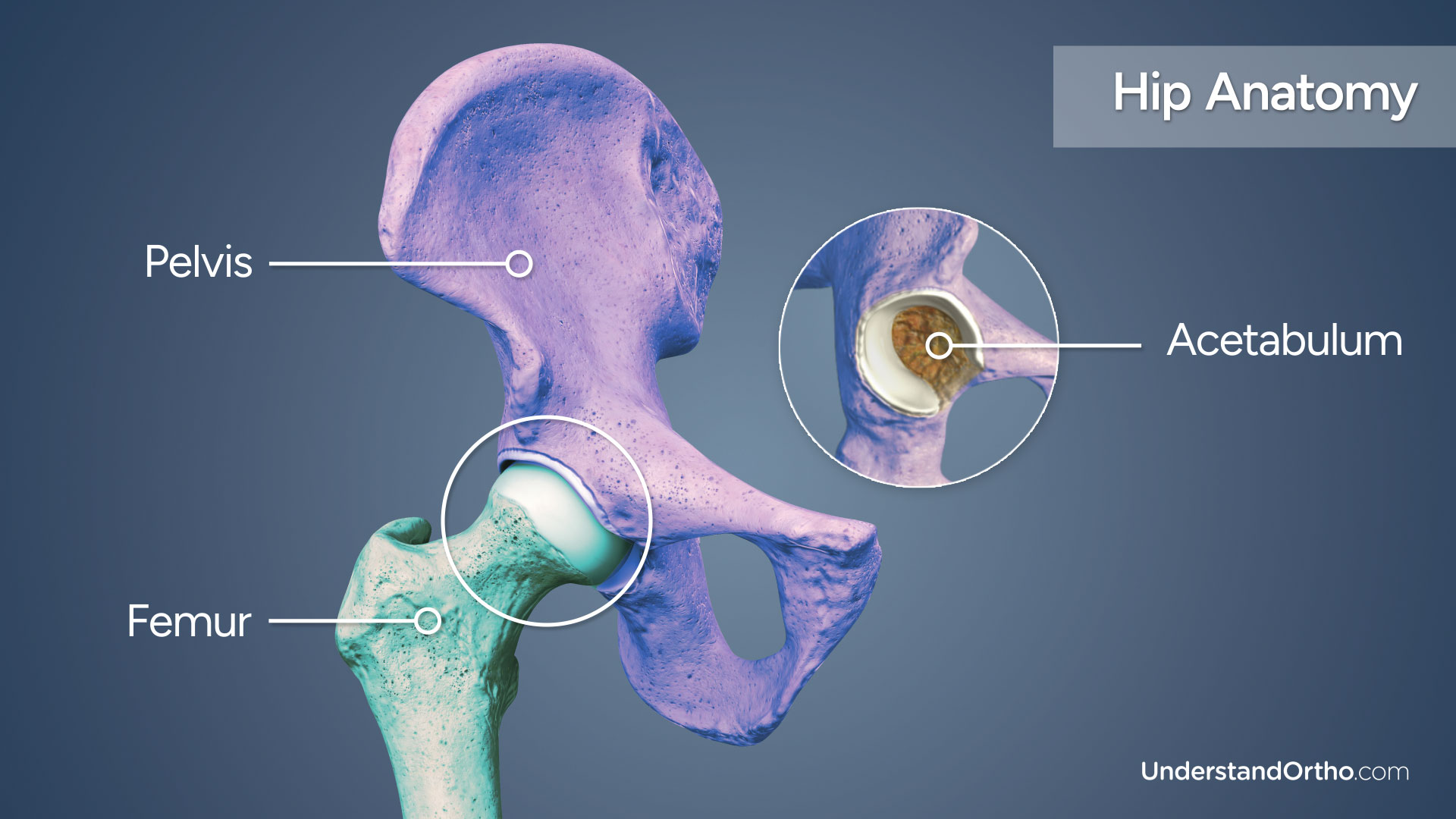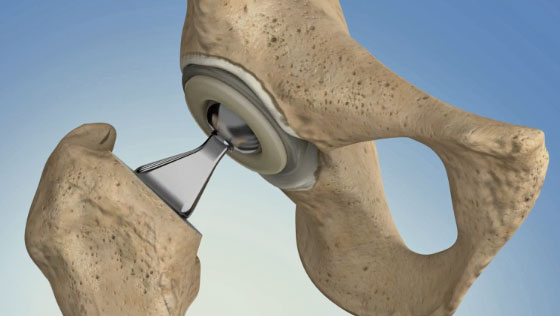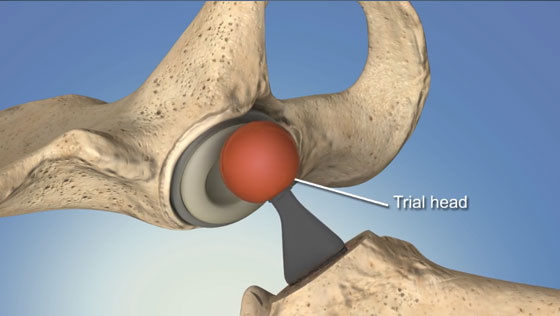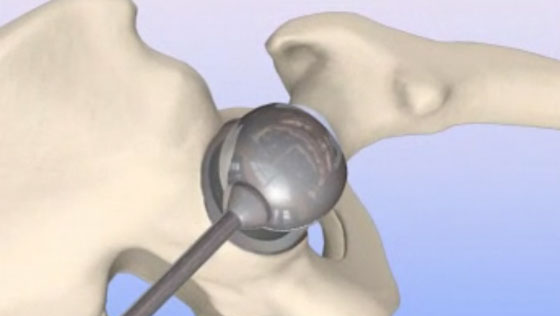What is Partial Hip Replacement?
Partial hip replacement (also known as partial hip arthroplasty, or hip hemiarthroplasty) is a surgical procedure primarily performed to treat femoral (thigh bone) fractures by replacing the damaged femoral portion of the hip joint with an artificial implant.
Key statistics about Partial Hip Replacement
- Hip fractures are among the top 10 causes of disability in adults worldwide[1]
- Patients with a hip fracture have a substantially higher risk of health complications and death, and a reduced quality of life[2]
- In elderly patients with femoral neck fractures, partial hip replacement surgery takes less operative time and has fewer complications as compared to total hip replacement surgery[2]
- More than 99% of hip replacements will last for 10 years[3]
Expert Insight
Implant Selection for Knee and Hip Replacement Surgery - Bradford S. Waddell, MD
Hip Anatomy
The hip is a ball-and-socket joint formed by two bones: the femur and the pelvis. The head of the femur rests in the socket of the pelvis, also called the acetabulum.
Articular cartilage covers the ends of the bones, reducing friction as the hip moves.

Why is Partial Hip Replacement performed?
Partial hip replacement is performed primarily to repair certain types of hip fractures in which the acetabulum is still intact. Left untreated, traumatic hip injuries can negatively affect the blood supply to the head of the femur, leading to pain, bone death (osteonecrosis), and loss of joint function.
Partial hip replacement is not usually performed to address arthritis of the hip as both the ball and socket of the joint are typically affected. Severe hip arthritis is more likely to be addressed by a total hip replacement or anterior hip replacement.
Who needs Partial Hip Replacement?
Partial hip replacement is often recommended for individuals who sustain traumatic injury to the head or neck of the femur that cannot be repaired or treated with nonsurgical means. Partial hip replacement is less invasive than total hip replacement and requires less recovery time, and also may be recommended for elderly patients with limited mobility.

How is Partial Hip Replacement performed?
- The surgeon will make an incision and access the hip joint.
- The head and neck of the femur is removed.
- The femoral implant is placed into the bone and a metal or ceramic ball is used to replace the femoral head.
- Finally, the incision will be closed with sutures or surgical staples.

What are the risks of Partial Hip Replacement?
It is uncommon to experience complications from partial hip replacement, but potential risks may include:
- Infection
- Blood clots
- Nerve or blood vessel damage
- Hip dislocation
- Change in leg length
- Loosening or wearing down of the implant over time
How long does it take to recover from Partial Hip Replacement?
-
24 hours after surgery
A physical therapy routine will be established by the surgeon and physical therapist, and pain medication may be prescribed. -
1-3 days after surgery
Most patients are discharged from the hospital. Elderly patients may need to be transferred to a stepdown rehabilitation unit. -
2 weeks after surgery
Any non-dissolvable sutures and staples are removed and bruising and swelling begin to subside. -
3-6 weeks after surgery
Younger patients may be able to resume most daily activity; however, elderly patients may need prolonged rehab -
2-6 months after surgery
Most patients are recovering from partial hip replacement.
What are the results of Partial Hip Replacement?
Partial hip replacement is a safe and effective procedure to treat the pain and loss of mobility from traumatic femoral fractures that cannot be repaired with nonsurgical means. More than 99% of hip replacements will last for 10 years[3]. In younger patients, this may mean the need for a revision hip replacement to reaffix or replace the implant components.
Find an Orthopedic Doctor in Your Area





